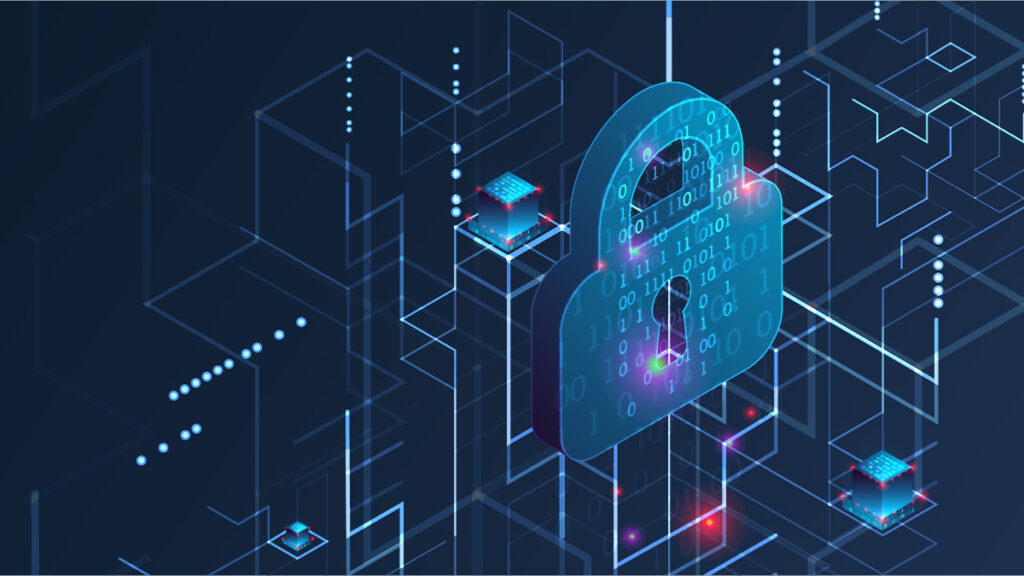Key Takeaways
- Network security is crucial in protecting sensitive data and maintaining operational integrity.
- Common threats include malware, ransomware, and phishing attacks.
- Importance of multi-layered security approaches and up-to-date solutions.
- Real-life examples and data highlight the current state of network security.
- Best practices for enhancing network security in 2023.
The Importance of Network Security
In the current era of technology, network security plays a crucial role and cannot be emphasized enough. With the growing dependence of businesses and individuals on digital systems for data storage and transmission, the risk of security breaches also increases. One data breach can cause significant harm, ranging from financial consequences to harm to one’s reputation.
According to CSO Online, some of the most important data breaches have compromised millions of records, highlighting the critical need for robust network security measures. This underscores the necessity of understanding your security vendor’s background and integrity while making decisions about your network security infrastructure.
Common Network Security Threats
Network security threats are diverse and constantly evolving. Some of the most common threats include:
- Malware: A software designed to damage or disable computers and networks. It can take the form of viruses, worms, trojans, or spyware and typically spreads through email attachments, downloads, or vulnerabilities in legitimate software.
- Ransomware: A form of malicious software that locks a person’s files and requests money in exchange for the code to unlock them. This danger has advanced, using encryption to lock data and demanding payment to prevent exposure of sensitive information.
- Phishing: Fraudulent attempts to obtain sensitive information by disguising it as a trustworthy entity. These attacks often occur through deceptive emails or websites that trick users into providing credentials, financial information, or other sensitive data.
Comprehending these dangers is essential when formulating successful security plans. Amidst these concerns, many still have questions, such as, Fortinet Chinese company? When considering the origins and reliability of their security solutions. The Cybersecurity Insiders report offers profound insights into the latest threats and trends in the cybersecurity landscape. Updating evolving threats can help organizations avoid attacks and reinforce security protocols.
Modern Solutions to Network Security Threats
Addressing network security threats requires a multi-layered approach. Modern solutions include a combination of hardware, software, and best practices:
- Installing firewalls and intrusion detection systems (IDS) in place. Firewalls are a barrier between secure internal and untrusted external networks, while IDS monitors and analyzes network traffic for suspicious activity.
- Regular software updates and patches to mitigate vulnerabilities. Ensuring systems are regularly updated helps promptly deal with known security vulnerabilities, thus lowering the chance of being targeted by hackers.
- Data is safeguarded using high-level encryption methods while being transferred and stored. Encryption ensures that if data is intercepted, it will remain unintelligible to unauthorized individuals.
- Employee training programs to recognize and avoid potential threats like phishing. Training employees on security best practices and common threats can greatly decrease the likelihood of successful attacks.
By integrating these solutions, organizations can create a robust defense against various network security threats. Combining technology with well-informed human behavior leads to a comprehensive security posture capable of withstanding today’s sophisticated cyber threats.
Case Studies: Real-Life Examples
Examining real-life examples can provide valuable lessons in network security. In 2017, the WannaCry ransomware attack affected over 200,000 computers in 150 countries. The attack highlighted the critical importance of regularly updating software and managing patches. The ransomware took advantage of a vulnerability in outdated Windows versions. Organizations with robust security measures and regular backups could mitigate the impact much more effectively than those that didn’t.
The Equifax data breach in 2017 is another significant instance where the personal details of 147 million individuals were compromised because of an unaddressed vulnerability. This breach underscores the dangers of neglecting software updates and the necessity for continuous monitoring and quick response to potential vulnerabilities.
These cases demonstrate that proactive and well-maintained security measures can differentiate between a minor inconvenience and a major disaster. Organizations must learn from these incidents to strengthen security frameworks and avoid similar pitfalls.
Best Practices for Enhancing Network Security
To enhance network security in 2023, consider the following best practices:
- Conduct regular security audits and vulnerability assessments. These help identify and fix potential weaknesses before attackers can exploit them.
- Adopt a zero-trust security model, assuming that threats could be inside and outside the network. This model mandates thorough verification for every individual and device trying to access network resources, no matter where they are.
- Utilize multi-factor authentication (MFA) to enhance security with an additional layer of protection. MFA makes it more difficult for attackers to hack accounts by requiring users to provide at least two verification factors for access.
- Utilize SIEM tools for real-time monitoring and analysis of security events. SIEM tools provide comprehensive visibility into network activities, helping security teams swiftly detect and respond to threats.
By implementing these actions, companies can greatly lower the chances of security breaches and safeguard their valuable assets efficiently. To effectively protect against cyber threats in today’s digital world, it is important to consistently focus on network security, ongoing education, and staying up-to-date on the latest threats and technologies.







